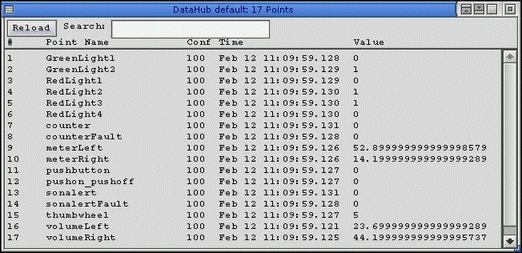| Cogent CIF Driver for Hilscher Fieldbus CIF Cards : Version 6.4 | ||
|---|---|---|
 | Appendix A. Test Scenario |  |
The driver test scenario utilizes the connectivity features of the driver. What follows is a brief explanation of the data flow, using the Cascade DataHub. You should be able to create a similar setup at your installation.
Data arriving from the field (1) passes from the card to the Cogent Driver in either poll or interrupt mode (2). The driver then passes the data to the Cascade DataHub using synchronous IPC (3). Then the Cascade DataHub passes the data to the test application and any other processes, using asynchronous IPC (4).

Data originating from the test application goes to the Cogent Driver via synchronous IPC (1). The driver then sends the data to the card (2), which sends it to the field (3). The driver also sends the data to the Cascade DataHub (2). This data is then sent asynchronously from the Cascade DataHub back to the test application (3), creating a sort of feedback loop. What's happening here is the driver is reflecting back to the application the state of the attempted output to the card. Without this feedback, the only reply received from the driver is effectively, "I got your message." Using the Cascade DataHub, however, the application can see a copy of the output that the driver sent to the field.

In addition to the test application, other applications can recieve the data from the Cascade DataHub. For example, the operator can view the process using the DataHub Viewer, as shown here.

Copyright © 1995-2010 by Cogent Real-Time Systems, Inc. All rights reserved.